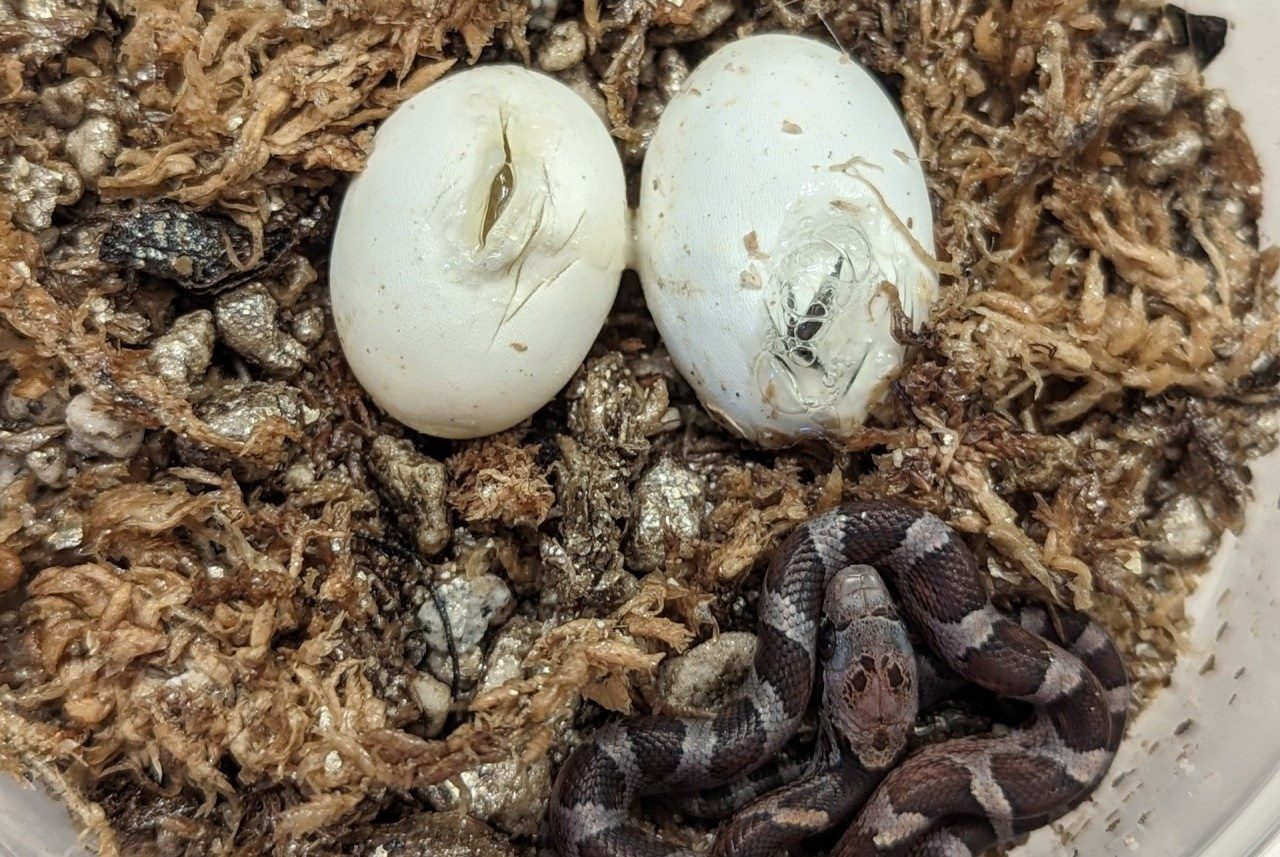
Reptiles have long fascinated humans with their unique characteristics and mesmerizing beauty. From the slithering snakes to the ancient-looking turtles, these creatures have a remarkable ability to captivate our imaginations. One aspect of reptiles that continues to intrigue enthusiasts and researchers alike is their breeding habits. Breeding reptiles is not only a fascinating endeavor but also plays a vital role in conservation efforts and understanding their evolutionary biology.
In this article, we will explore ten captivating facts about reptile breeding. We’ll delve into the diverse mechanisms employed by reptiles to reproduce, from intricate courtship rituals to remarkable reproductive adaptations. Whether you are an aspiring herpetologist, a reptile enthusiast, or simply curious about the wonders of nature, this article will provide you with a deeper insight into the remarkable world of reptile breeding.
Key Takeaways:
- Reptiles have fascinating ways of reproducing, from laying eggs to giving birth to live young. They also have unique courtship rituals and can store sperm for extended periods.
- Temperature determines the sex of reptile offspring, and some reptiles exhibit remarkable parental care. Reptiles have diverse reproductive strategies and relatively long gestation periods.
Reptiles have unique reproductive strategies.
Reptiles have fascinating ways of reproducing. Some reptiles, like snakes and lizards, lay eggs and the young hatch outside the mother’s body. On the other hand, certain reptiles, such as some species of vipers and boas, give birth to live young.
Temperature determines the sex of reptile offspring.
In certain reptiles, such as turtles and crocodiles, the temperature at which the eggs are incubated determines the sex of the offspring. Higher temperatures tend to result in more females, while lower temperatures produce more males. This unique phenomenon is known as temperature-dependent sex determination.
Some reptiles exhibit parental care.
Contrary to popular belief, not all reptiles abandon their young after birth. Some reptiles, such as certain species of crocodiles and pythons, display remarkable parental care. They guard the nest, protect the eggs, and even provide some level of protection to the hatchlings.
Reptiles have different modes of reproduction.
Reptiles employ various reproductive strategies. Some, like turtles and tortoises, have internal fertilization, where the male transfers sperm directly into the female’s reproductive tract. Others, like snakes and lizards, have internal fertilization through the use of specialized copulatory organs.
Reptiles can store sperm for extended periods.
Reptiles have the ability to store sperm for prolonged periods. Females can mate with a male and store the sperm for months or even years, using it to fertilize eggs long after mating occurs. This adaptability allows reptiles to reproduce successfully even in unpredictable environments.
Some reptiles engage in mate guarding.
Mate guarding is a behavior exhibited by certain reptiles, where the male closely guards the female after mating to ensure that no other males have the opportunity to mate with her. This protective behavior increases the male’s chances of fathering the female’s offspring.
Reptiles have unique courtship rituals.
Many reptiles engage in elaborate courtship rituals to attract mates. These rituals can involve displays of vibrant colors, intricate dances, or vocalizations. Each species has its own unique courtship behavior that plays a crucial role in successful reproduction.
Some reptiles are capable of parthenogenesis.
Parthenogenesis is the process through which females can produce offspring without the need for fertilization by a male. Certain reptiles, like some species of lizards and snakes, have the ability to reproduce parthenogenetically, allowing them to maintain healthy populations even in the absence of males.
Reptiles have relatively long gestation periods.
Compared to many other animals, reptiles have relatively long gestation periods. This means that the eggs or embryos develop over a longer period before hatching or being born. The duration of the gestation period varies among reptile species, with some taking just a few weeks and others up to several months.
Breeding season varies among reptile species.
Reptiles exhibit a wide range of breeding seasons. Some reptiles, like certain snakes, may only breed once a year during a specific season. Others, such as some turtles and crocodiles, have more flexible breeding seasons that can span several months.
Conclusion
Reptile breeding is a fascinating field that offers plenty of captivating facts. From the incredible diversity of reptile species to the intricate mating behaviors and unique reproductive strategies, there is so much to discover. Whether you are a reptile enthusiast or simply curious about the world of exotic pets, learning about reptile breeding can be both educational and entertaining. By understanding the intricacies of reptile reproduction, we gain a deeper appreciation for these incredible creatures and their place in the natural world.Reptile breeding is not only about producing offspring but also plays a vital role in conservation efforts. Breeding programs help ensure the survival of endangered species and contribute to maintaining biodiversity. It offers valuable insights into the genetics and behavior of reptiles, paving the way for future conservation initiatives.So, whether you are captivated by the beauty of reptiles or intrigued by the science behind their reproduction, exploring the world of reptile breeding is sure to leave you awe-struck.
FAQs
1. How long does it take for reptiles to breed?
Reptile breeding can vary depending on the species, but the process usually spans several weeks or months. Some reptiles have specific breeding seasons, while others can breed year-round.
2. Do all reptiles lay eggs?
No, not all reptiles lay eggs. While most reptiles are oviparous (egg-laying), some reptiles, such as certain species of snakes and lizards, give birth to live young. This method of reproduction is known as viviparity.
3. Are reptiles good parents?
Reptile parenting behaviors vary greatly among species. While some reptiles, like crocodiles, exhibit remarkable parental care, protecting their nests and young, others have little to no parental involvement once the eggs are laid or the young are born.
4. Can reptiles hybridize?
Yes, some reptiles have the ability to hybridize, which is the process of breeding two different species to produce offspring with mixed characteristics. However, not all reptiles can hybridize, and it is often more challenging to successfully breed hybrids.
5. What is the purpose of reptile breeding programs?
Reptile breeding programs serve several purposes, including conservation efforts, genetic research, and the production of offspring for the pet trade. These programs play a crucial role in maintaining endangered species and helping to sustain the long-term survival of reptiles.
Reptile breeding is a fascinating subject, but there's more to explore in the world of herpetology and bird breeding. Dive deeper into the study of reptiles and amphibians to uncover even more intriguing facts. If you're curious about avian reproduction, our article on peacock breeding and incubation will surely pique your interest. From temperature-dependent sex determination to unique courtship displays, the world of animal breeding is full of surprises waiting to be discovered.
Was this page helpful?
Our commitment to delivering trustworthy and engaging content is at the heart of what we do. Each fact on our site is contributed by real users like you, bringing a wealth of diverse insights and information. To ensure the highest standards of accuracy and reliability, our dedicated editors meticulously review each submission. This process guarantees that the facts we share are not only fascinating but also credible. Trust in our commitment to quality and authenticity as you explore and learn with us.


